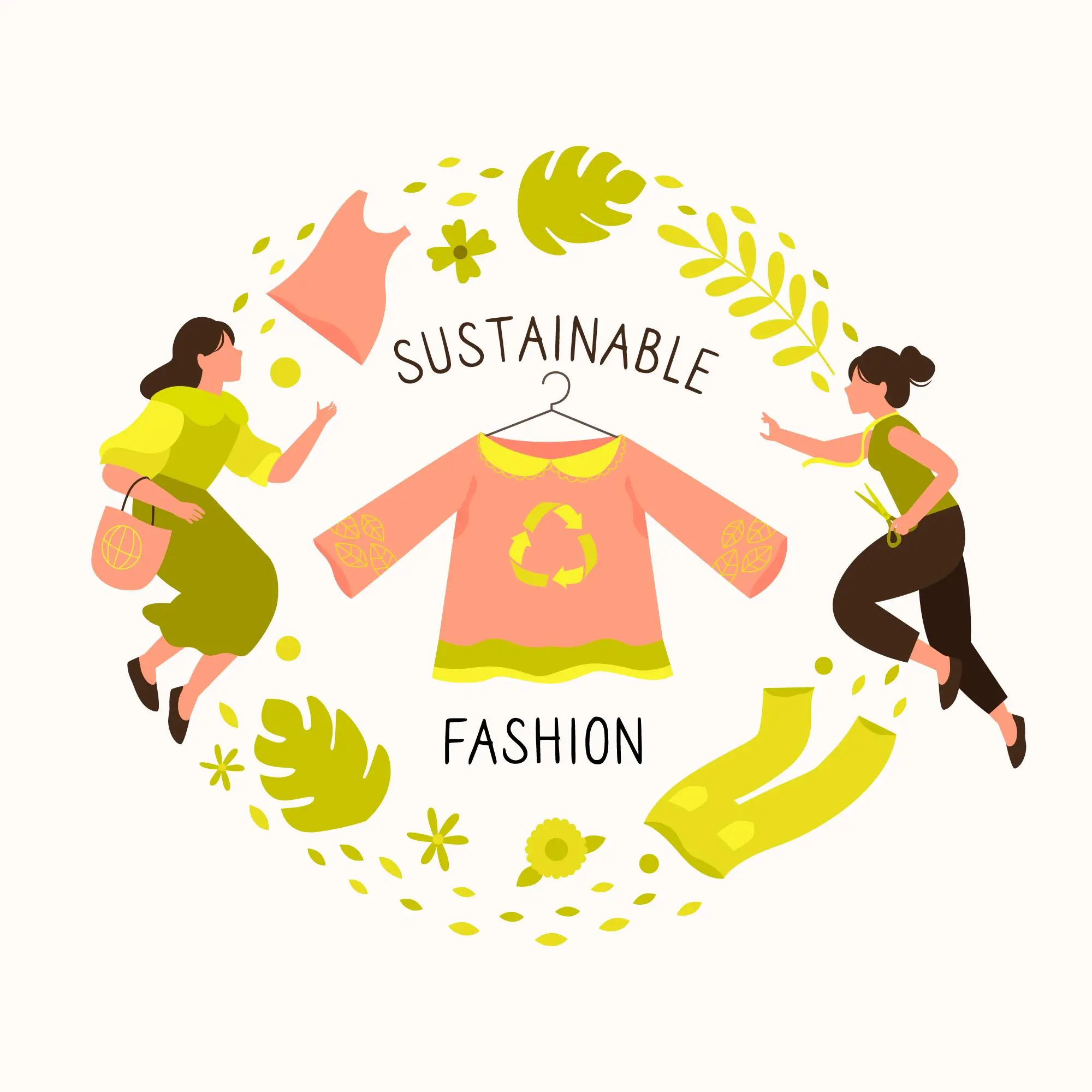Carbify is pleased to introduce a weekly series of articles that follows the journey of our ecologist, Pierre, through Brazil. Over the course of seven articles, we will explore his experiences as he travels from region to region, meeting farmers, engaging with local communities, and witnessing firsthand the realities of regenerative forestry.
Pierre’s mission began with a scientific goal: to gather ecological data that would support the independent validation of our agroforestry systems under the Global Carbon Standard (GCS). But what unfolded was much more than a technical expedition. It became a journey of connection, learning, and discovery.
At Carbify, we believe that real change begins where the trees meet the soil. That is why we do not simply monitor our projects from afar. We go to the field. We meet people. We measure, listen, and learn.
In each place Pierre visited, he found more than data. He encountered resilient communities, innovative farmers, and ecosystems in recovery. He discovered not only how our syntropic agroforestry systems (SAFs) are growing, but why they matter to the people cultivating them.
This series invites readers to follow along each week as we journey from the central plains of Planaltina to the forests of Pará, from the structured projects of Rioterra to the food forests along the Atlantic coast. Each article offers a close-up look at the landscapes, partnerships, and purpose behind Carbify’s work in Brazil.
These are not just project sites. They are living systems built through science, trust, and shared commitment to a healthier planet.

When I finally arrived in Planaltina, in the heart of Brazil’s Federal District, I sensed a feeling of excitement and purpose. After days of navigating miscommunications and logistical challenges, it was a relief to meet a farming family that welcomed me with open arms and a shared commitment to something greater than ourselves.
This municipality was the first stop in my journey through Brazil. My mission was clear: collect essential ecological data for Carbify’s syntropic agroforestry systems (SAFs), which would later be reviewed by university scientists and submitted to an independent validation body (VVB). These measurements are part of our ongoing effort to prove, with transparency and integrity, that nature-based solutions can thrive when they are based on the needs of local communities.
The farm I visited in Planaltina is called Sítio Roça Florestal. The land is owned and managed by Valrey and his wife, who take care of it with love and dedication. They have spent years cultivating a diverse ecosystem of native trees and crops on it. Their commitment was immediately visible; rows of young Baru, Jenipapo, and Angico trees were healthy, and some were already reaching impressive heights of over a meter in their first year, even though the average growth rate has not been as fast as expected. In this region, where the climate sits between the dry Amazon and the humid Atlantic, such strong growth is a promising sign.
Unlike other parts of Brazil that suffered from severe drought in 2024, the conditions here were more forgiving. That gave the SAFs a stronger foothold. What impressed me the most was not just the tree growth but the way species were interwoven, creating natural synergies, improving resilience, and reducing mortality. The design was intentional, and the farmers’ care was evident in every plot.
Since this is my first stop of the journey, I had a lot to adjust to. Measuring, sampling, and navigating the terrain, it’s one thing to plan from afar and another to be in the field, trying to grasp the complexity of living ecosystems. Despite that, with Valrey’s help, I gathered a substantial set of tree data that we’ll now incorporate into our monitoring reports.
But this visit wasn’t just about numbers. It was about listening. I learned that Valrey is well connected with other farmers in the area, and they have started exploring the idea of forming a collective. Their goal is to negotiate the contract directly with projects like Carbify and have a more active voice. Even though the idea is still at its early stage, this form of local organisation holds real promise, and so do we to support them.
At Carbify, our work is rooted in long-term stewardship. We don’t just plant trees; we cultivate regenerative systems that help communities thrive while capturing carbon through nature. Our SAF projects follow the methodologies of the Global Carbon Standard (GCS), ensuring scientific credibility and traceability. But numbers alone don’t make a forest grow. People do.
Seeing that in action, watching how families like Valrey’s tend to their land with passion and purpose, reminded me of the purpose behind our work. These aren’t just reforestation plots. They are living, evolving landscapes, shaped by experience, care, and deep local knowledge.
Planaltina was the perfect place to begin this journey. It gave me a sense of what’s possible when the right intentions meet the right environment. There were moments of challenge, of course, but what remains in my mind is the joy and collaboration. The trees are growing. The soil is holding strong. And the people are determined.
As I packed my bag and boarded the next bus, I looked back at the chácara, its rows of green catching the early light, and felt a grounded sense of hope. This wasn’t just a visit. It was a glimpse into the future we’re all trying to build.
Arriving in Porto Velho felt like entering a new chapter. The air became heavier, the landscape changed, and the vegetation felt wilder. The present marked the beginning of the Amazon’s louder voice, and I was there to listen.
I had a bit of time before my scheduled field visits, so I took the chance to meet a local farmer named Tristão, who lives on the outskirts of the city. I had heard he was something of a character, and he certainly didn’t disappoint.
Tristão welcomed me with open arms and a cup of strong Brazilian coffee. His farm was different from any I’d seen before. It wasn’t just trees; it was a sanctuary filled with lush growth all around. He shares this space with hundreds of animals, including over 200 cats and a few loyal dogs. His commitment to living harmoniously with nature was immediately clear.
As we walked the land, I saw rows of native trees, some planted with Carbify support, others added over time by Tristão himself. Despite the intense drought last year, many of the trees had survived, especially those shaded by older, fast-growing hardwoods, among which the ipe species is iconic. He has been experimenting with replanting strategies that are highly effective due to the involvement of experienced farmers and motivated community members. Some seedlings are bouncing back stronger, shaded by their taller neighbours.
This visit wasn’t just a stop at the next farm; it was a moment of reflection. The Amazon is changing, and yet people like Tristão are adapting in caretaking and innovative ways. His approach reminded me that reforestation is as much about patience as it is about planting trees.
That afternoon, as Tristão rested, a couple of friends arrived to check on him. Among them was Professor Sheila, a chemist from the Federal University of Rondônia. She had come to help with one of Tristão’s many cats, and that’s how we started talking.
I shared Carbify’s vision and our work in building syntropic agroforestry systems. Sheila was instantly intrigued. That evening, she dove into our website, reading everything she could find. Her reaction was incredibly encouraging.
Sheila told me about a charity she co-founded, a spiritualist kitchen that serves meals to people in need around Porto Velho. Her dream? Her dream is to sustainably grow food on her land to support the kitchen and create jobs for vulnerable women. Her plot isn’t large, but it has enormous potential: about 3,000 square meters of land that could one day feed both people and ecosystems.
The visit was truly magical. I came to see a few trees and left with a new relationship, one that might shape a future project. Sheila’s enthusiasm and vision reminded me how local leadership drives real impact. She’s not asking for funding. She’s asking for guidance on how to build a sustainable system that nourishes people and the land.
Moments like this are what Carbify is built for. By connecting with people already working on the ground, we multiply our impact. And by focusing on long-term collaboration, not just transactions, we help build resilience into both the ecology and the economy.
Before I left, I walked one last loop through Tristão’s trees. Among the planted lines, I spotted native species thriving, some growing faster than we expected, given the soil and heat. These quiet victories, like a tree reaching upward or a shaded plot showing signs of rebirth, are what our mission is about.
Through the Global Carbon Standard (GCS), we aim to verify these gains with scientific accuracy. But beyond that, there’s something deeper happening here, a relationship between people and place. And that’s something you can’t measure with a ruler or drone. You have to feel it under your boots, hear it in conversations, and see it in the soil.
As I left Tristão’s farm, I felt thankful. Not only was I grateful for the data I collected but also for the individuals I encountered. This visit reminded me that every tree we plant stands in the heart of a larger story, one of adaptation, care, and quiet perseverance.
Porto Velho had already offered me more than I expected, and the main event was still ahead: a visit to the Rioterra project, where things scale up in every direction. But first, I took one last look back at Tristão’s land, a place where trees, animals, and ideas grow side by side.
After the slower, reflective pace of my first days in Porto Velho, things picked up fast. I was headed into the field with Rioterra, one of our key partners on the ground. From the moment their team picked me up, I knew I was stepping into something different, a project where scale, professionalism, and purpose were perfectly aligned.
The Rioterra engineers (Junior and Victoria) and I are measuring one of our Pau da Balsa trees
We drove for hours through winding roads until we reached Teotônio, the site of Carbify’s agroforestry plots. The drive itself was a reminder of how stretched out this region is and why well-managed reforestation matters here more than ever.
Upon our arrival, the landscape immediately captured our attention. I was stunned by the vigour and height of the planted trees. Some endemic species, like Pau da Balsa and Inga, have already shot up to two meters in just over a year. Even more exciting, natural regeneration was occurring between the planted rows. Native trees were volunteering themselves into the system, adding layers of biodiversity and natural shade.
These results were the outcome of a well-planned, science-backed process supported by Rioterra’s botanists and geo-ecologists. Their regular field monitoring and planting strategies clearly paid off.
Being in the field with Rioterra’s engineers, Junior and Victoria, was like joining a mobile classroom. They didn’t just help me collect data; they showed me new measurement techniques that I’ll use throughout future Carbify projects.
And while I was there to work, I was also soaking up their approach. Every tree had a story. Every planting decision had a reason. From the balance of species to how seedlings were spaced, it was all designed for long-term resilience.
Left to right: Professor Lafayette, Alexis, me, and Lucas
Back in Porto Velho, I visited Rioterra’s headquarters and met Alexis, the organisation’s founder. It was inspiring to see the full workforce behind the project, not just agroforestry teams but also departments for GIS mapping, marketing, IT, education, and more.
The project wasn’t just about an organisation planting trees. This was a fully integrated ecosystem of professionals working in sync to regenerate the Amazon and empower communities. It gave me a lot of hope for what’s possible when mission meets structure.
The next day, we returned to Teotônio with a special guest: Professor Antônio Lafayette from the Federal University of Rondônia. A renowned expert in botany and ecology, he added another layer of insight to the work we were doing.
Victoria and Professor Lafayette are working on the measurement with the full view of the field
His advice was practical and grounded. He reminded us that identifying tree species in the Amazon can be notoriously tricky due to close visual similarities among families. His guidance underscored how crucial it is to have qualified local experts involved at every stage.
After we wrapped up the fieldwork, I had the chance to share an early overview of Carbify’s ecological model and the GCS system with Professor Lafayette. He was impressed by our methodology and expressed interest in deeper collaboration. The bridge between academic science and applied restoration is one we’re excited to keep building.
From left to right: Me, Professor Lafayette, two Rioterra AF engineers (Victoria and Junior)
In fact, we reserve many seedlings here for various months, sometimes over a year, before planting them in the field. The right picture is a batch of 15-month-old Monguba seedlings.
Raquel, Director of Rioterra, Centro de Inovação da Amazônia, Viveiro, has enormous knowledge and experience about ecology, and thanks to her support, I really had an insightful trip. We were at the experimental field of Rioterra nursery, in which the seedlings will adapt to the outdoor environment.
Before leaving, I visited Rioterra’s nursery, officially called Centro de Inovação da Amazônia, Viveiro. The nursery is the starting point for all seedlings, preparing them for their eventual field planting. Rows of greenhouses, experimental beds, and carefully labelled trays stretched out in all directions.
Here, the team conducts experiments to find the most adaptive species combinations. Some seedlings stay in the nursery for over a year before they’re ready. It was humbling to see that the success I witnessed in the field actually begins in these quiet green corners, where care, science, and patience are poured into every sprout.
Everything I saw at Rioterra reinforced why Carbify invests in strong partnerships. Their experience, infrastructure, and commitment to sustainability make them a cornerstone in our Amazon projects. Together, we’re not just counting trees. We’re cultivating ecosystems.
And as we move toward independent validation and broader scientific collaboration, the quality of this groundwork ensures that our impact is measurable, traceable, and built to last.
Leaving Rioterra, I felt something shift. This moment felt more than just a checkpoint in my trip. It was a milestone for Carbify. It proved that when local expertise, community support, and ecological science come together, we create more than forests; we grow futures.





